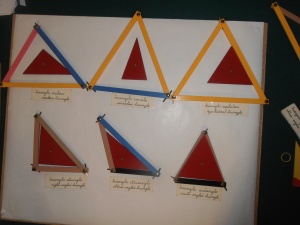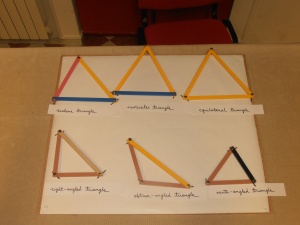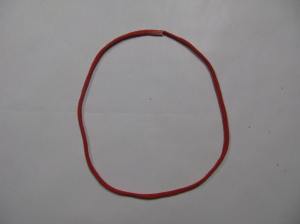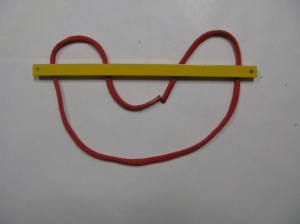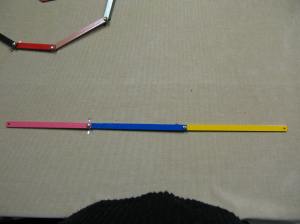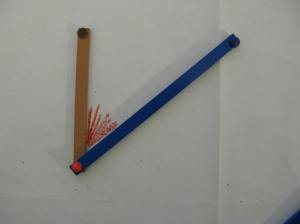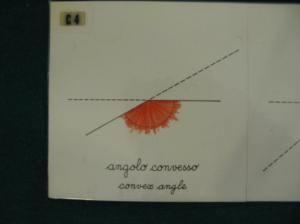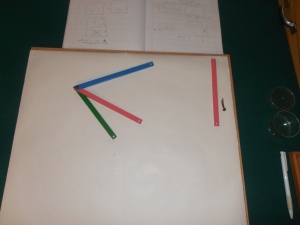Dear Friends,
It is with a heart filled with joy and gratitude that I write to you from Ireland!
Yes, I returned to Italy after teaching practice/school observation in France. The course work entered and new phase of intensity for me as I worked away at the notes, lectures, and required illustrations. This is because we are came to the end of Children’s House review and practice and entered ‘real’ Elementary Level lectures. We learned that the Elementary level begins with giving the children a vision or story of the world as a whole unit, interconnected and interdependent, in which life and all created things work together in harmonious balance according to their God-give natures. This sort of beginning to the school year forms the basis of studies that follow: history, chemistry, biology, geology, language and mathematics. In this way, the child can understand that all branches of knowledge are inter-related and as such, inter-dependent.
In order to illustrate this truth to children, Maria Montessori made six great stories, sometimes known as the ‘Great Fables’. Maria knew that a child of six loves stories of great and magnificent things and so she wrote them in order to illustrate a truth but in a way that captures the imagination. The first Great Story is named the ‘God Who Has No Hands’. Here is a partial excerpt from the beginning of the story:
‘In the beginning there was only God. Since He was completely perfect and completely happy, there was nothing He needed. Yet out of His goodness He choose to create and all He willed came into being; the heavens and the earth, and all that is visible and invisible. One after another He made the light, the stars, the sky, and the earth with its plants and animals. Last of all, He made man. Man, like the animals, was made out of particles of the earth; but God made him different from the animals and like Himself, for into his body which would die, He breathed a soul which would never die.
Many people thought this was just a tale. How could someone with no hands and no eyes make things? If God is a spirit who cannot be seen or touched or heard, how could he have made the stars that sparkle overhead, the sea which is always astir, the tress, the flowers, and the scent they shed around them? Perhaps He could make invisible things, but how could He make the visible world? It is all very well, they thought, to say that God is everywhere, but who has set eyes on Him? How can we be sure He is everywhere? They tell us is is the Master whom everybody and everything obeys but why on earth should we believe that?’
The story begins with this reflection and continues to recount the great a beautiful order with nature and how every creature, living and inanimate, obeys God by its very existence; these creatures are not aware of their obedience, but we can see that they do act in accord with His will. The story goes on, and as we recount the creation of world, Maria Montessori devised a number of experiments that are meant to illustrate various aspects of world. These include volcanoes, attraction of particles, states of matter and density of matter, etc. In conclusion we can say that each of these things that we find in the world, say to God, ‘Lord, Thy will be done; we obey!’
This is a wonderful way to begin a school year! When the course resumes on January 7, we will begin to delve into the next set of Great Stories. Each of these opens a specific discipline for the children. We learned that the Great Stories are repeated at the beginning of each school year in the classroom. In this way the children can hear again the stories that help them understand the reality of the world around them.
With Love,
Rene



